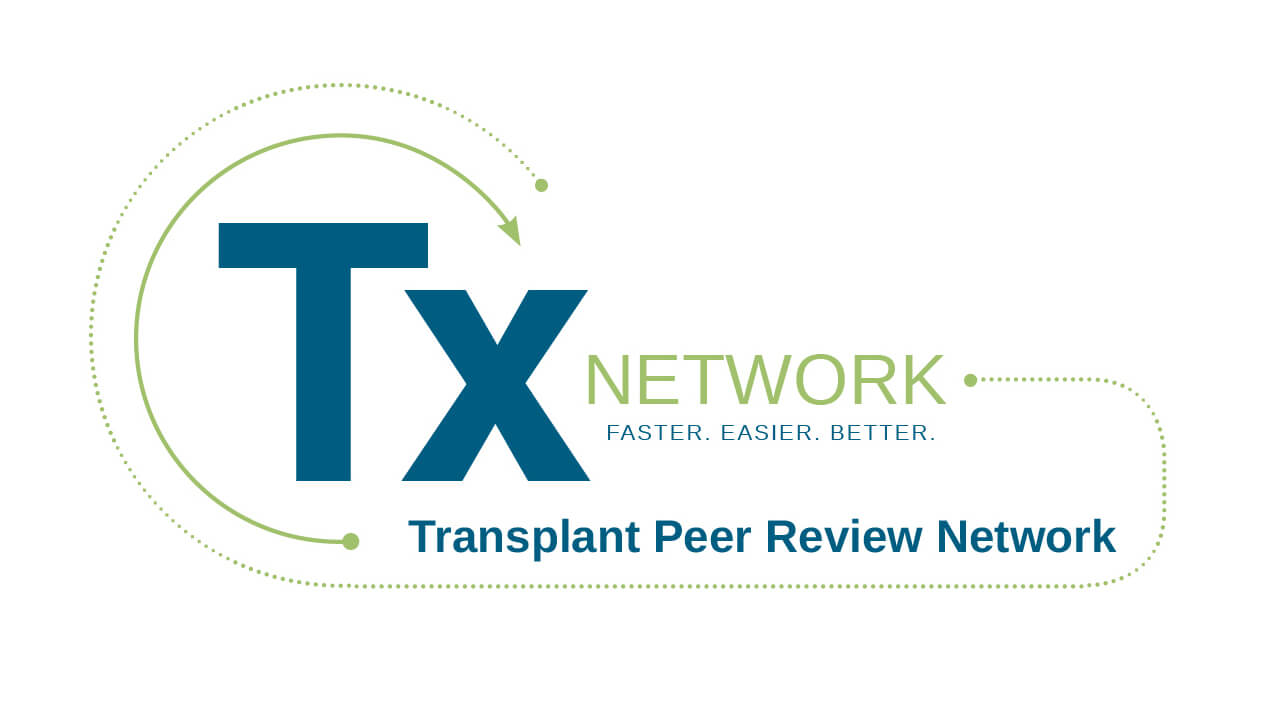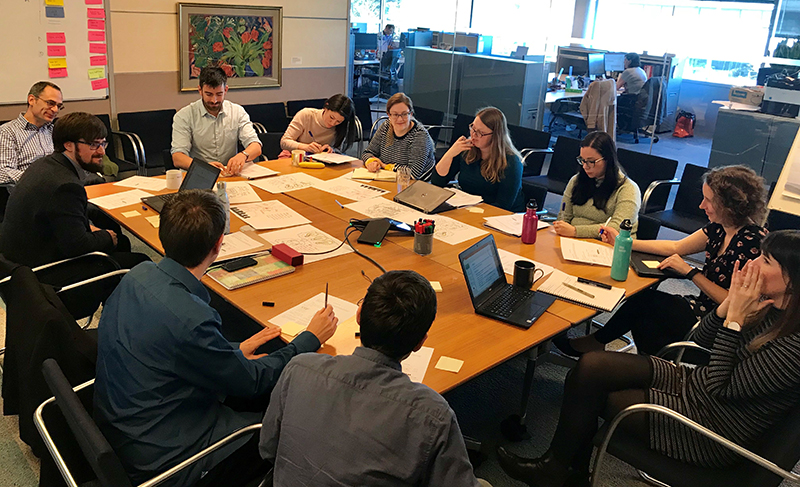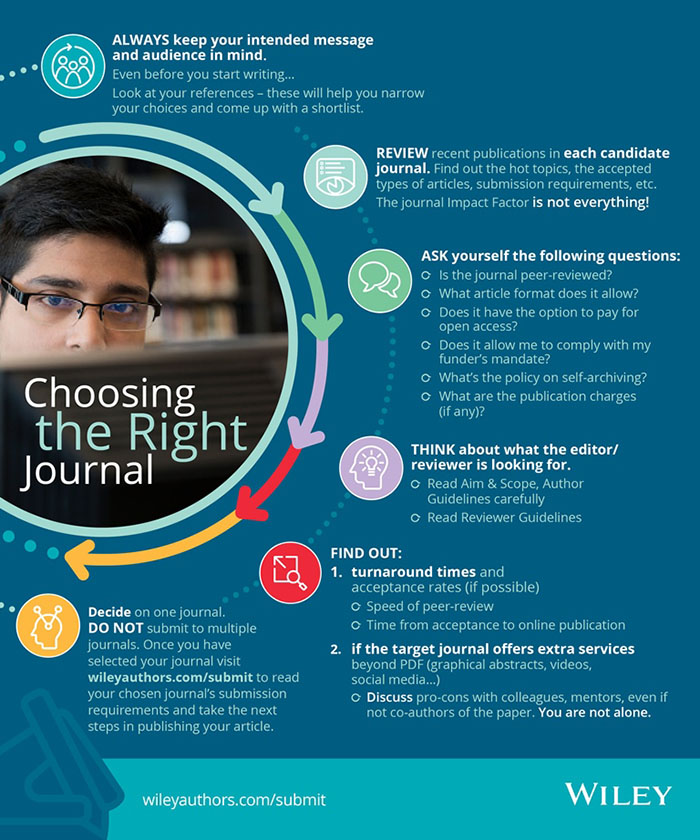8-top-tips-to-make-sure-your-industry-sponsored-research-submission-grabs-a-journal-editor-s-attention
June 13, 2017
The final, most important, step in industry-sponsored research is getting the manuscript past the eyes of journal editors through to publication. Editors are the most significant people in the publication process; they decide whether a submission is worthy of consideration. Thus, your manuscript needs to really grab their attention!
Editors have to ensure that every accepted manuscript is relevant to the journal’s scope and readership, and meets its standards. Rejection rates generally vary from 60% to 70%, but can cross 90%.1 An editor’s responsibility further increases when handling manuscripts based on industry-sponsored research, where conflicts of interest can be perceived to affect research credibility. The Good Publication Practice (GPP3) guidelines2 recommend that:
- Journal requirements, especially ethical guidelines on originality and avoiding duplicate submission, should be followed
- The design and results of all clinical trials should be reported in a complete, accurate, balanced, transparent, and timely manner
- The rights, roles, requirements, and responsibilities of all contributors should be confirmed in writing
- The role of the sponsor in the design, execution, analysis, reporting, and funding (if applicable) of the research should be fully disclosed in all publications and presentations of the findings
- All authors and contributors should disclose any relationships or potential competing interests relating to the research and its publication or presentation.
“There certainly is pressure to see that such manuscripts are ethically sound,” says Bruce Dancik, Editor-in-Chief Emeritus, NRC Research Press/Canadian Science Publishing, and Professor Emeritus, Dept. of Renewable Resources, University of Alberta.
So how can you ensure that your manuscript—one of hundreds the journal receives—grabs the editor’s attention? Here are some expert tips:
1. Select the right journal
This is a crucial step for reaching your target readership. First, list out your preferences: Should it be an international journal? Do you need to get published within a specific timeframe? Should it be open access? Most importantly, make sure the journal publishes studies like yours: case studies, observational studies, clinical trials, etc. List at least three journals that meet your requirements. Journals that are considered reputable in the field, read by your target readership, and familiar to your colleagues and seniors are usually good candidates. You could also check your reference list to see where studies like yours have been published.
2. Send a pre-submission inquiry
This saves you a lot of time and effort in the publication process. And most editors appreciate this because they would rather deal with a pre-submission inquiry than a misfit manuscript. Your inquiry should be succinct, covering:
- A summary of your paper
- Essential information about the study design
- Why the journal would be interested in the manuscript.
Begin by stating your reason for writing and indicate that their reply will help you make an informed decision about manuscript submission. The advantage of this move is that while you cannot submit your paper to more than one journal at a time, you can send pre-submission inquiries to multiple journals simultaneously. Depending on the responses, you can decide which journal to approach.
3. Compile a complete and impressive submission package
A good submission package considerably improves a manuscript’s chances of publication. It is of course imperative to follow the submission instructions provided. Another important component of this package is the cover letter. Here, state how your manuscript meets the journal’s aims and scope, highlight its novelty and contribution to the field, and confirm that it has not been published elsewhere. Provide a complete, well-formatted manuscript with a strong title and abstract. According to Dancik, editors look for “something novel; of interest to my readers; something clear, concise, and understandable, with clear arguments and logic, well written and revised, with no typographical errors, misspellings, or grammatical errors.” Your submission package must also include authorship statements, conflicts of interest disclosures, institutional review board approval for the study design, and supporting documents like patient informed consent forms.
4. Follow best practice guidelines
Most medical and healthcare journals require you to follow industry-accepted reporting guidelines such as those directed by the International Society for Medical Publication Professionals (ISMPP)3, the International Committee of Medical Journal Editors (ICMJE)4, the EQUATOR (Enhancing the QUAlity and Transparency Of health Research) Network5, Good Publication Practice (GPP)6, and Medical Publishing Insights and Practices (MPIP)7. Familiarize yourself with them, and carefully follow the ones your target journal recommends.
5. Provide clear and complete disclosure statements
Editors have to ensure that the sponsor has not influenced the study, analysis, or results. “In industry-sponsored research, I’d be looking for full and clear disclosure of the sponsorship relationship, and information that the sponsor did not conduct the research (i.e., the researcher(s) was (were) independent of the sponsor)”, says Dancik.
Transparency will help editors evaluate the manuscript with ease and make quicker decisions. So fully disclose the following:
- Sponsorship: Clearly mention who has commissioned and sponsored the research and the extent of their involvement.
- Conflicts of interest: Stanley G Korenman, Professor of Medicine at University of California, suggests that editors “define conflict of interest as any benefit (whether direct or indirect transmitted from sponsor to investigator-author”8. Therefore, disclose any conflicts of interest, whether financial or otherwise.
- Authorship details: Mention the actual authors under whose supervision the manuscript was written, and acknowledge any writing and editing assistance sought. Korenman recommends that the editor should be assured that all authors, including academic investigator-authors participating in industry-sponsored research, have approved the protocols, agree with the data analysis and results, and support the conclusions.
- Data: You can further impress the editor by disclosing details about data ownership and making the underlying study data available on submission.
6. Include confirmation that certificates and permits from ethical review boards have been given
For clinical trial submissions, obtain details about protocol registration. Follow all the guidelines mandated by the journal for clinical trials. Failing to include approval from institutional safety and ethical approval boards, confidentiality agreements, and patient consent forms might lead to rejection.
7. Perform a plagiarism check
Plagiarism and self-plagiarism are serious forms of misconduct and can lead to rejection. Always attribute original sources (with a citation and quotation marks if direct quotes are used), even if reusing ideas or text from your own previous work. Most journals perform a plagiarism check at the screening stage, but you can run your manuscript in advance through software like iThenticate9, PlagTracker10, and Viper11 and ensure that you’ve paraphrased and cited sources as required for any instances of duplication.
8. Submit a detailed study design, highlighting that there were no biases
Besides clarifying the sponsor’s involvement in the study design and stated conclusions, thoroughly describe the methods and results along with supplementary data. To avoid problems at a later stage, Dancik advises that, “Publication professionals should ensure that any manuscripts they handle resulted from research that was ethically conducted and reported on, with full disclosure of any potential conflicts of interest by all authors. Each author should be aware of the responsibilities of authorship”.
So follow these tips for your next submission, and grab the editor’s attention!
References
1. Frontiers Blog, 2015, Selecting for impact: New data debunks old beliefs https://blog.frontiersin.org/2015/12/21/4782/
2. Battisti, Wendy P.; Wager, Elizabeth; Baltzer, Lise; et al., 2015, Good publication practice for communicating company-sponsored medical research: GPP3 http://annals.org/aim/article/2424869/good-publication-practice-communicating-company-sponsored-medical-research-gpp3
3. International Society for Medical Publication Professionals (ISMPP) http://www.ismpp.org/
4. International Committee of Medical Journal Editors (ICMJE) http://www.icmje.org/
5. Enhancing the QUAlity and Transparency Of health Research (EQUATOR)
http://www.equator-network.org/
6. ISMPP, 2015, GPP3 guidelines, 2015 http://www.ismpp.org/gpp3
7. Medical Publishing Insights and Practices (MPIP) https://www.mpip-initiative.org/
8. Korennman, Stanley G., 2003. The role of journal editors in the responsible conduct of industry-sponsored biomedical research and publication: A view from the other side of the editor’s desk www.raco.cat/index.php/QuadernsFDAE/article/view/279864/367536
9. iThenticate http://www.ithenticate.com/
10. Plagtracker http://www.plagtracker.com/
11. Viper https://www.scanmyessay.com/
Like this post? Download the PDF today.










